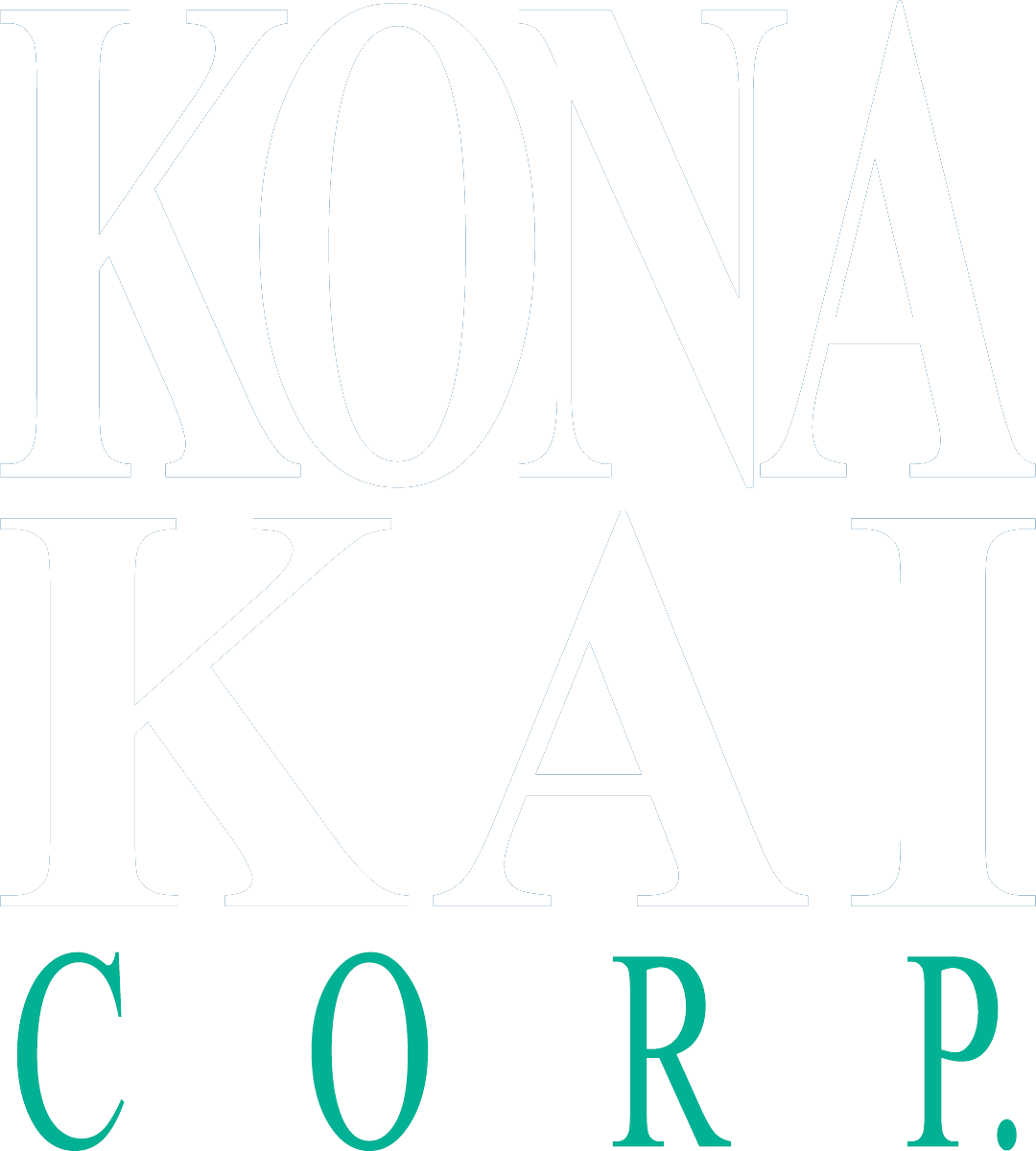The Hidden Costs of an Underutilized Salesforce (and How to Maximize Your ROI)
Is Your Salesforce Investment Going to Waste?
Salesforce is a powerful CRM, but if it’s not fully optimized, it can become an expensive liability rather than a business asset. Many companies implement Salesforce with high expectations but struggle to see measurable results. If your Salesforce system isn’t delivering the efficiency, automation, and insights you need, it may be costing you more than you realize.
In this article, we’ll explore the hidden costs of an underutilized Salesforce and actionable strategies to maximize your Salesforce ROI.
The True Costs of an Underutilized Salesforce
1. Wasted Licensing Fees
Salesforce licenses aren’t cheap. If your team isn’t fully using their accounts or you’re paying for features that aren’t in use, you’re throwing money away. Regularly auditing your licenses ensures you’re only paying for what you need.
2. Low User Adoption
One key Salesforce challenge is low adoption. If your team finds the system difficult to use, they may revert to spreadsheets or manual tracking, reducing overall efficiency. A lack of training, poor system design, or overcomplicated workflows can drive users away.
3. Inefficient Sales and Service Workflows
Are your sales reps spending more time inputting data than closing deals? A poorly optimized Salesforce system can create bottlenecks rather than streamlining operations. Automating repetitive tasks and customizing workflows can help your team work smarter.
4. Poor Data Quality
Messy data leads to inaccurate reporting and poor decision-making. Duplicate records, incomplete contact details, and outdated information make it harder to generate meaningful insights. Regular data cleanups and validation rules can help maintain data integrity.
5. Missed Revenue Opportunities
Without proper lead tracking, pipeline visibility, and automation, potential sales can slip through the cracks. A misconfigured Salesforce instance can lead to lost deals and reduced revenue.
How to Maximize Your Salesforce ROI
These proven Salesforce optimization strategies can help you get the most out of your investment.
1. Conduct a Salesforce Audit
A system audit helps identify inefficiencies, underused features, and areas for improvement. Focus on user adoption, workflow effectiveness, and data quality. Evaluate whether existing configurations align with business goals or if unnecessary customizations are creating complexity without adding value.
2. Automate Repetitive Tasks
Use Salesforce Flow, OmniStudio, Workflow Rules, and AI-driven automation to eliminate manual processes. Instead of over-customizing, leverage configurable automation to streamline lead assignments, follow-ups, and data entry, ensuring efficiency without unnecessary complexity. OmniStudio’s guided workflows can further enhance user experience, particularly for industry-specific processes that require complex data interactions and automation.
3. Improve Data Hygiene
Regularly clean and deduplicate your database to ensure accurate reporting. Set up validation rules to enforce data consistency and ensure that configured data structures support intended reporting and analytics needs.
4. Enhance Reporting & Dashboards
Many companies struggle to get actionable insights from Salesforce. Instead of over-engineering reports, focus on configuring dashboards that provide real-time visibility into key metrics that align with business objectives, helping leadership make informed decisions.
5. Provide Ongoing Training
User training isn’t a one-time event. Regular workshops, documentation, and office hours can keep your team engaged and proficient in Salesforce best practices. Ensure training emphasizes how standard configurations meet business needs before considering heavy customization.
6. Integrate Salesforce with Other Tools
Ensure a seamless experience by connecting Salesforce with your marketing automation, ERP, and customer service platforms. Rather than customizing integrations from scratch, use pre-built connectors and API configurations that align with long-term scalability and maintenance goals.
Final Thoughts
Salesforce should be a growth driver, not a cost center. By optimizing your system, automating tasks, and ensuring user adoption, you can unlock its full potential and maximize your Salesforce return on investment.
Need expert guidance to optimize Salesforce for your business? By working with partners like us, organizations see a 31% faster adoption rate of emerging technologies (2023 Salesforce Partner Value / AppExchange Customer Success Survey).
INSIGHTS












